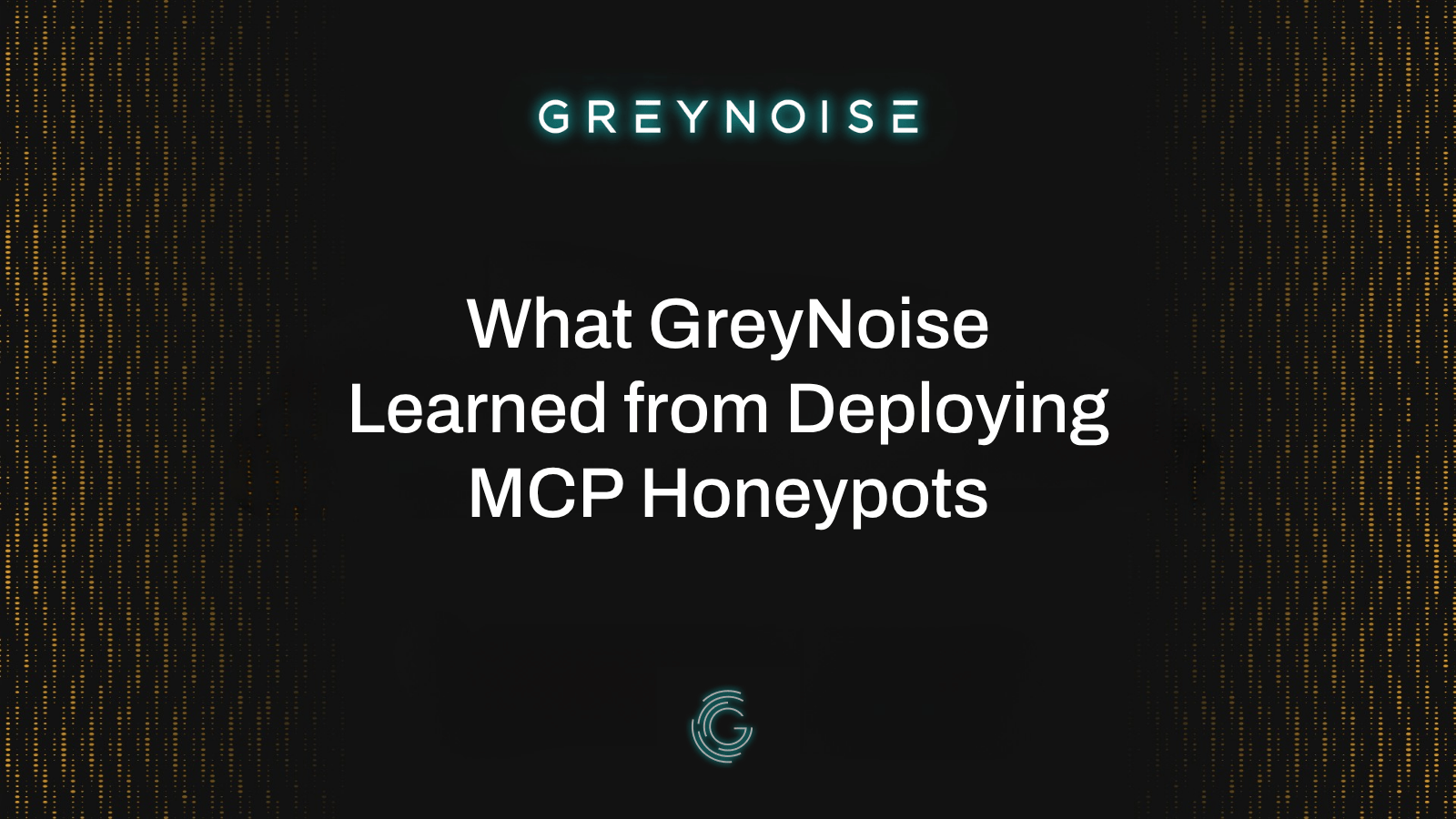As a Product Manager at GreyNoise, I’m constantly learning about how our users think about internet noise and accordingly search our data with the GreyNoise Query Language (GNQL). It might surprise you (or not) that we see some pretty random searches.

As evidenced by our 2000s style word cloud, users have been searching anything from “log4shell” to “lockbit” to “mcdonalds.” While GreyNoise search is not a threat actor Google, we do have a lot of data on interesting threats. Let me clear up our search bar for those of us who want to improve our ninja search skills.
What can you search for in GreyNoise?
The answer is anything, which is why you should use GNQL searches!
When you throw a word into the GreyNoise Viz search bar, we treat it like a free text search, where we search all of our data for that term - so this means if you search “banana,” we will return the IP addresses that have scanned for the “/banana/” directory. But we might also return IPs with “banana” in their user agent.
The GNQL way of guaranteeing you only get IPs with “banana” in the HTTP web paths is to utilize the raw_data.web.paths field selector. The search for our banana path would look like raw_data.web.paths:"/banana/"

If you’re looking for an exceptional user agent or organization, we also have field selectors: raw_data.web.useragents and metadata.organization respectively.
For the searches that are word-based but land outside web paths, user agents, and organizations, we have a few other categories they might fall into - Actors, Tools, Botnets, and Techniques. For these, I recommend searching our tags. This is as easy as going to the tags page and utilizing the tag search bar, where we can return all our tags containing your search term.

As for threat groups - at this time, GreyNoise does not dabble in attribution to threat groups. If you’re looking for a particular group, we recommend identifying IoCs that the groups may use if you’re trying to track them down. We have found initial reconnaissance IPs in reports from other research groups lurking in our data and have those web paths that may indicate compromise by C2/botnet activity.
I hope these tips helped level up your GreyNoise search skills to help you find what you’re looking for even faster. Stay tuned for more internet noise search tips soon!










.png)

